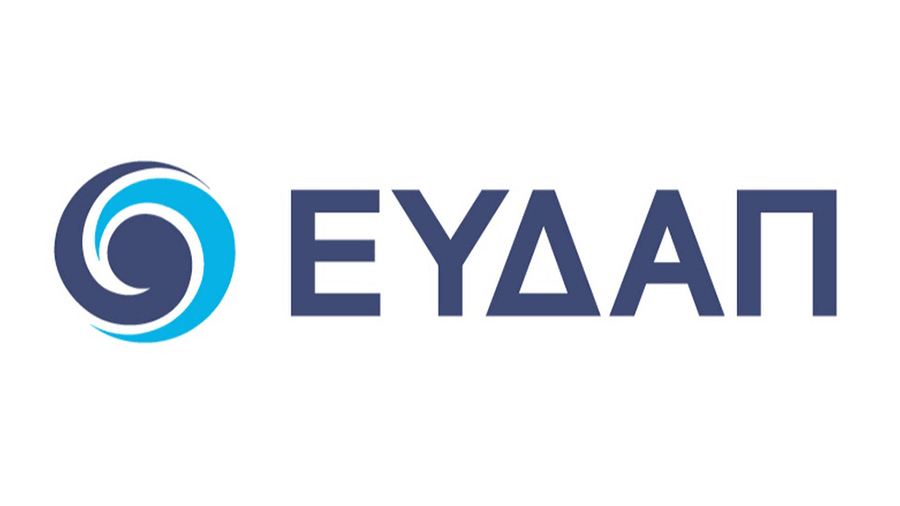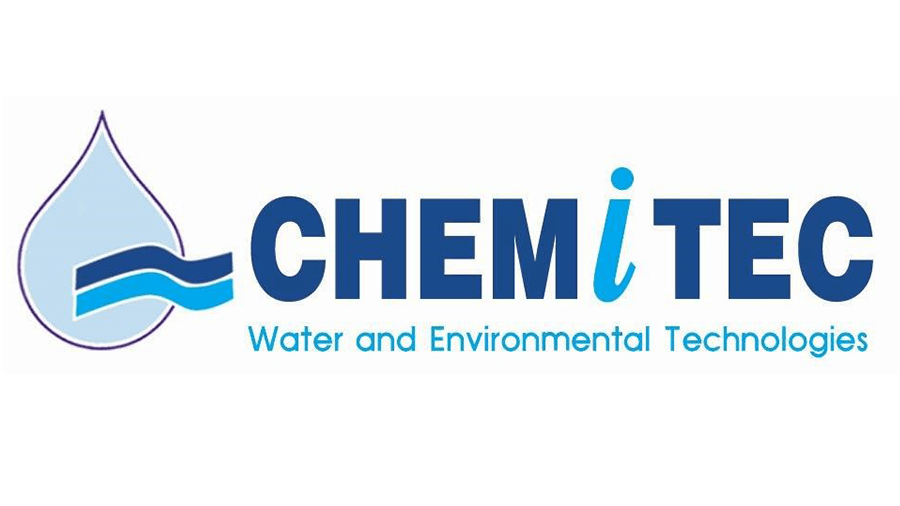Demo Case 2
Athens, Greece
Background
EYDAP’s external raw water supply system serves the city of Athens of 5.000.000 inhabitants, with 420 hm3/y. The system comprises more than 250 km of aqueducts and 4 major water reservoirs whose optimal operation guarantees water provision in the water-scarce climate of the Mediterranean.
Key facts
The hydro system’s operation relies on a network of water quantity and quality sensors and related hydraulic and resource management tools to optimise the supply of Athens’s 4 large drinking water treatment plants (DWTPs) as well as several smaller DWTP supplying smaller municipalities along the aqueducts.
Expected impacts
- Develop risk assessment approaches and tools for EYDAP water sources looking at the catchment scale and define and operationalise resilience.
Facilitate the integration of different water quality sensors into a common operational picture.
Leverage the power of analytics and decision support tools on the new data.
Investigate alternative small-scale DWTPs that are more compact and adaptable against new pollutants.






